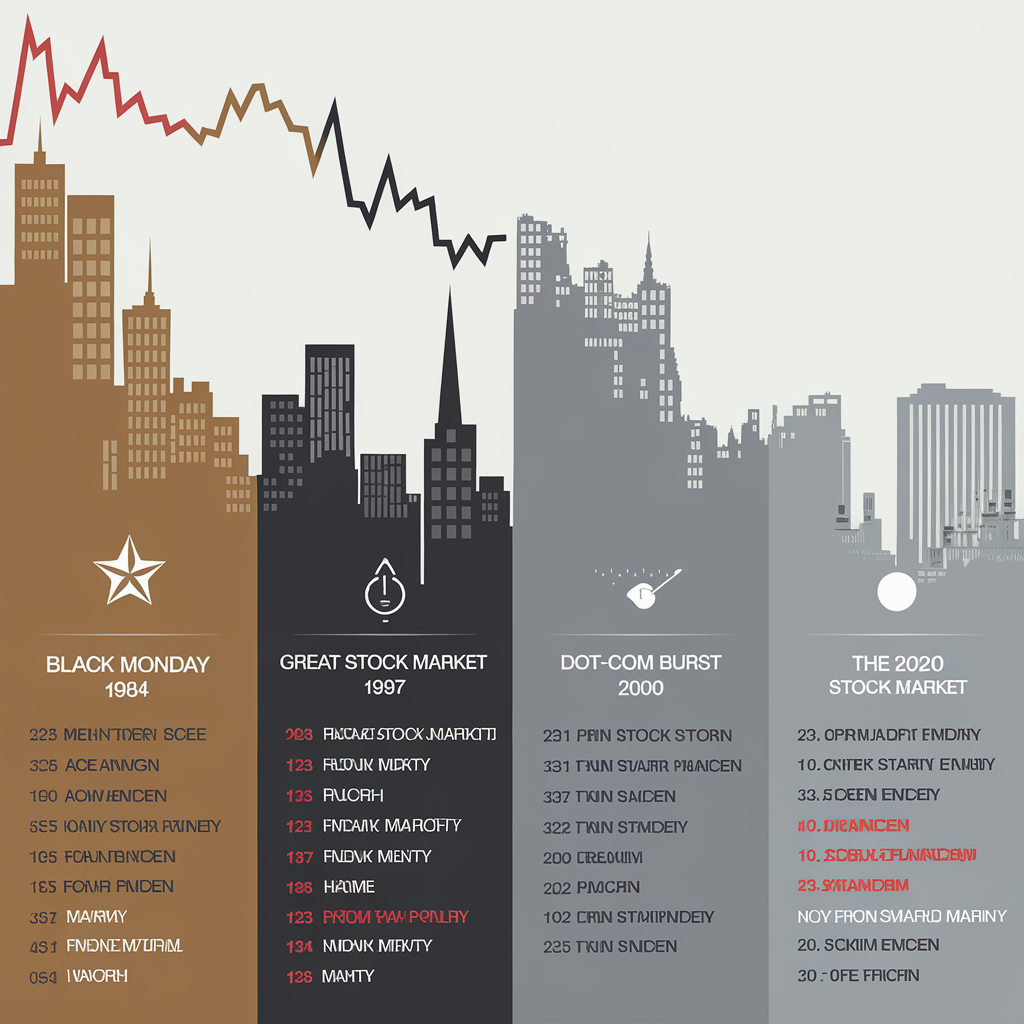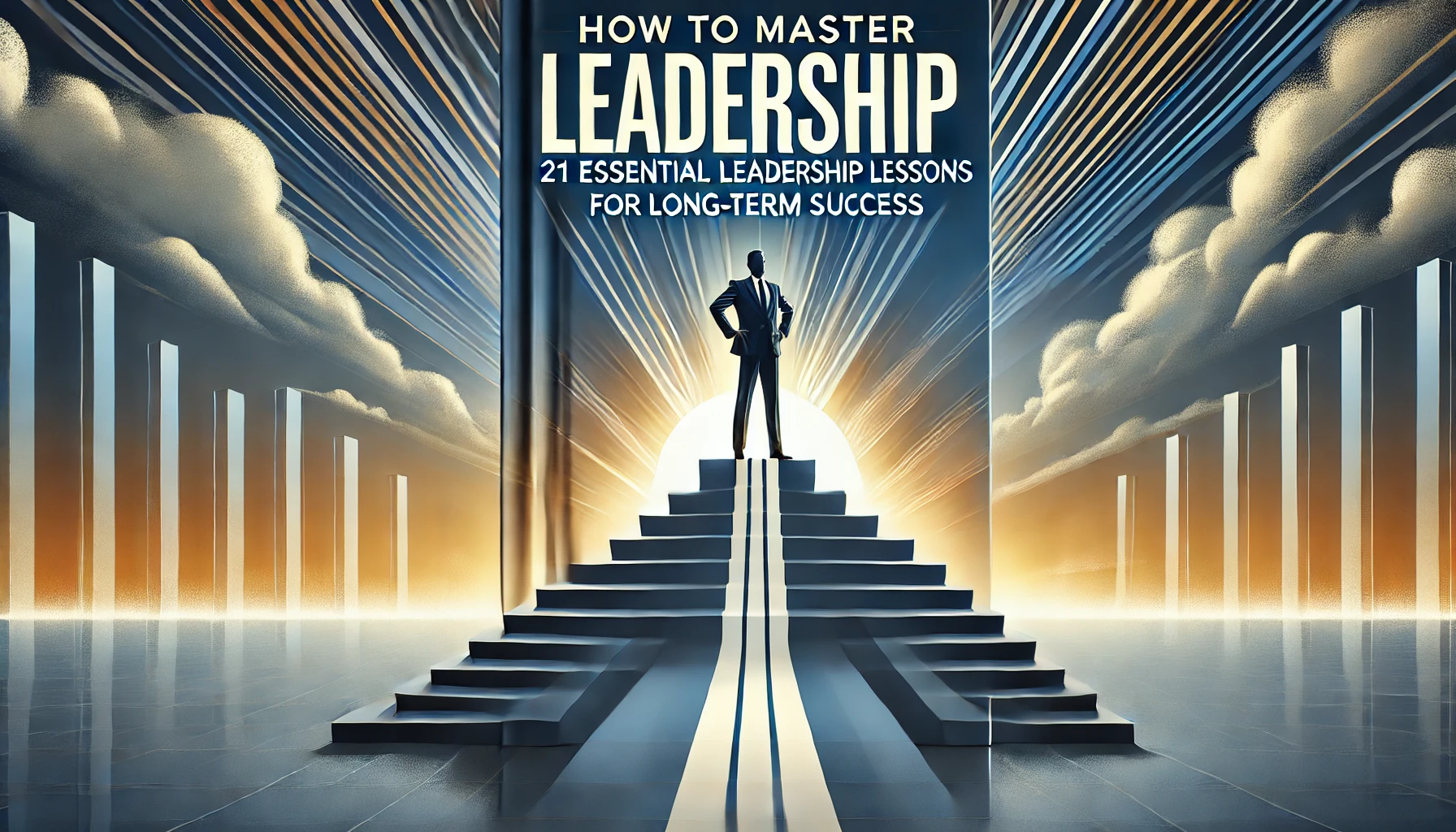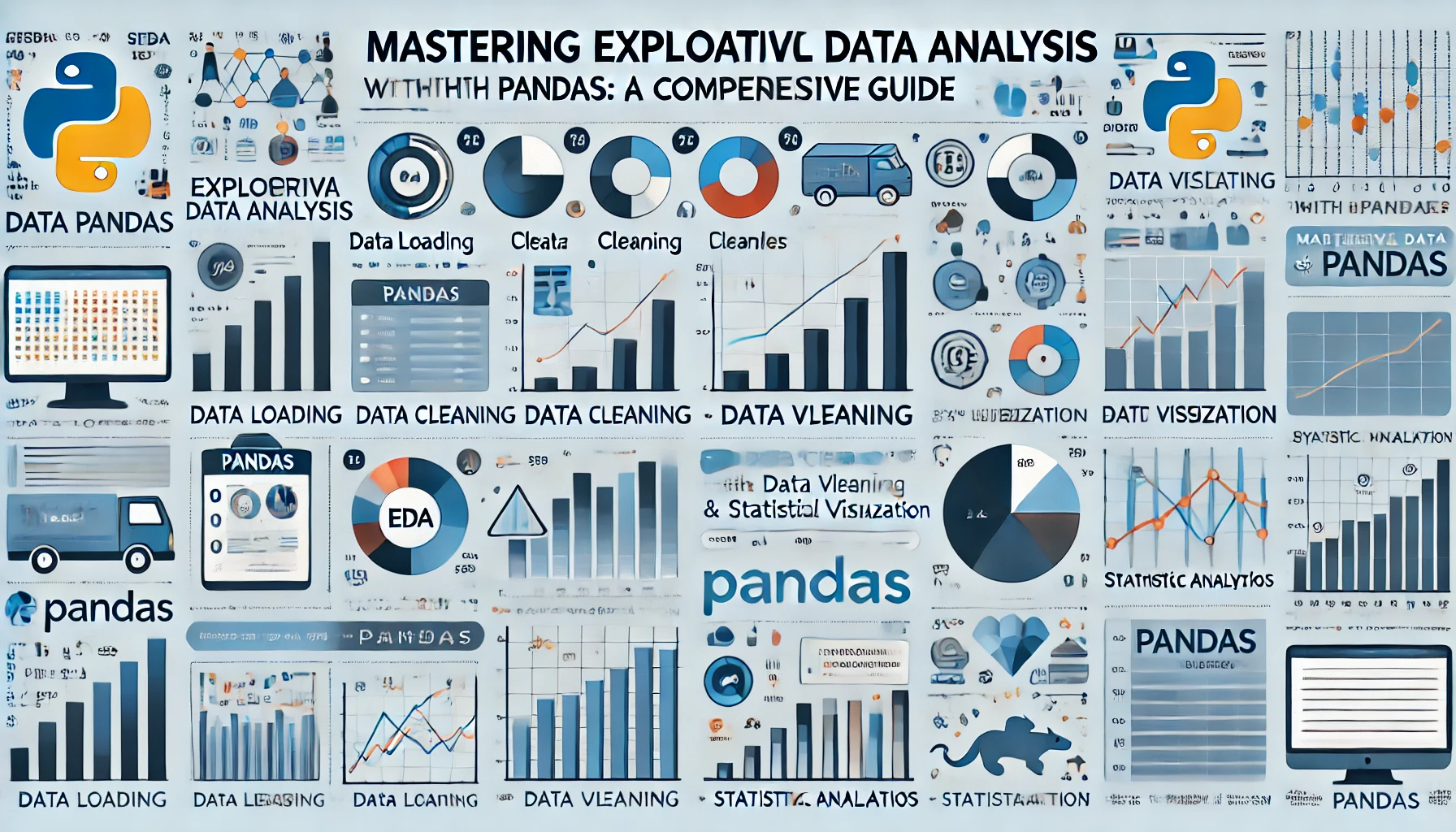Introduction: A Century of Stock Market Crashes and the Lessons Learned
The history of the stock market is a story of growth, innovation, speculation, and sudden crashes. Throughout the past century, the stock market has seen periods of exuberant gains followed by dramatic crashes that wiped out billions—even trillions—of dollars of value. From the Great Depression of 1929 to the COVID-19 pandemic crash of 2020, each market crash has taught valuable lessons to investors, regulators, and the global economy.
In this blog, we will explore the history of stock market crashes, analyze their causes, examine their outcomes, and extract key lessons that modern investors can apply to protect themselves against the next market downturn.

1. The Panic of 1907: The Catalyst for the Federal Reserve
Before the establishment of the Federal Reserve in 1913, the U.S. financial system was highly vulnerable to bank runs and liquidity crises. The Panic of 1907 is one of the first notable stock market crashes in American history, causing widespread panic in financial markets and leading to the creation of the Federal Reserve.
Key Points:
Trigger: The panic began with failed speculation in the copper market by the Knickerbocker Trust Company, one of the largest financial institutions in New York at the time.
Outcome: The panic led to bank runs and a severe liquidity crisis as frightened investors rushed to withdraw funds.
Cause: The absence of a central bank to regulate liquidity in the system magnified the panic.
Response: This crisis was a pivotal moment that pushed the U.S. government to establish the Federal Reserve in 1913 to stabilize the financial system and prevent future crises.
2. The Great Depression (1929): Black Tuesday and the Decade of Economic Despair
The Great Depression is often considered the most devastating stock market crash in history. The U.S. economy was booming in the 1920s, and investors were over-leveraged as they piled into the stock market. On October 29, 1929, also known as Black Tuesday, the bubble burst, leading to a decade of economic hardship.
Historical Context:
In the 1920s, many investors were buying stocks on margin, borrowing significant amounts to invest in the market. Stock prices had risen to unsustainable highs, driven by speculative euphoria.
Key Points:
Date: October 29, 1929 (Black Tuesday)
Outcome: Over $30 billion vanished from the U.S. stock market in just a few days. The economic downturn that followed lasted for over a decade, leading to widespread unemployment, bank failures, and poverty.
Cause: Over-speculation, excessive use of leverage, and massive speculation by retail investors contributed to the unsustainable rise in stock prices.
Lesson: Investor euphoria and excessive speculation are often early signs of a market downturn. Investing based on hype, rather than fundamentals, can lead to devastating consequences.
Real-World Lesson for Investors:
The Great Depression teaches investors to avoid over-leveraging and to be wary of periods of irrational exuberance in the market. Today, investors can safeguard their portfolios by focusing on diversified investments and value-based strategies, rather than speculation and market timing.
3. Black Monday (1987): The Largest One-Day Market Crash in History
On October 19, 1987, the world witnessed the largest single-day percentage drop in stock market history, known as Black Monday. The Dow Jones Industrial Average (DJIA) fell by a staggering 22.6% in a single day. Though the market eventually recovered, Black Monday shook investor confidence and led to fundamental changes in how markets are regulated.
Key Points:
Date: October 19, 1987
Event: Global stock market crash, with the Dow Jones plummeting 22.6% in one day.
Causes: The crash was driven by computer-driven trading algorithms and program trading strategies, which led to rapid selling once markets began to fall.
Response: In response to the crash, market regulators introduced circuit breakers to temporarily halt trading during extreme drops. These measures were designed to give markets a chance to stabilize before panic selling could spiral out of control.
Real-World Lesson for Investors:
Automated trading systems can sometimes amplify market volatility. After Black Monday, it became evident that trading algorithms needed better safeguards. Modern investors should be cautious of high-frequency trading systems and always have risk management strategies in place.
4. The Dot-Com Bubble (2000): Chasing Hype in the Internet Boom
The Dot-Com Bubble of the late 1990s and early 2000s offers one of the clearest examples of irrational market behavior driven by hype and speculation. The internet revolution led to a massive surge in technology stocks, particularly dot-com companies, many of which had little or no profit.
Key Points:
Period: Late 1990s to 2000.
Event: The market was flooded with technology stocks, especially internet companies, driving the NASDAQ to unsustainable heights.
Outcome: When the bubble burst, the NASDAQ lost 78% of its value, causing trillions of dollars in losses and bankruptcies for numerous tech startups.
Lesson: Investors should evaluate the intrinsic value of companies rather than chasing trends or hype. Companies with no profits, revenue, or solid business models are high-risk investments.
Real-World Lesson for Investors:
The Dot-Com Bubble teaches the dangers of hype investing. While the promise of new technologies can be exciting, investors need to assess the fundamentals of a company before investing. Diversification and long-term thinking are key to avoiding the pitfalls of speculative bubbles.
5. The Global Financial Crisis (2008): The Collapse of the Housing Market
The 2008 financial crisis was one of the most severe financial downturns since the Great Depression. It was primarily driven by the collapse of the U.S. housing market, which had been propped up by risky subprime mortgages and excessive leverage within the financial system.
Key Points:
Event: The collapse of the housing bubble led to widespread bank failures, with major institutions like Lehman Brothers going bankrupt.
Outcome: The stock market lost nearly 57% of its value, and the global economy entered a deep recession.
Cause: Excessive leveraging of financial assets, risky subprime loans, and a lack of proper financial regulation played central roles in the crash.
Lesson: The 2008 crisis emphasized the need for responsible lending, proper financial oversight, and the importance of understanding the risks involved with leveraging assets.
Real-World Lesson for Investors:
The 2008 financial crisis teaches us the importance of understanding the risks associated with credit, mortgages, and leverage. Investors should be cautious of periods of unsustainable growth in particular sectors, especially when they involve high levels of debt.
6. The COVID-19 Pandemic Crash (2020): A Rapid Fall and Quick Rebound
The COVID-19 pandemic triggered one of the fastest stock market crashes in history. In March 2020, as economies worldwide shut down due to the global pandemic, the market experienced an almost unprecedented freefall. However, this crash also saw one of the fastest recoveries, thanks to government stimulus and central bank support.
Key Points:
Event: The pandemic led to global economic shutdowns, triggering a fast market sell-off in March 2020.
Outcome: Major indices fell by nearly 30% but rebounded quickly due to massive fiscal and monetary stimulus from governments.
Lesson: Swift intervention from governments and central banks can significantly stabilize markets during global crises.
Real-World Lesson for Investors:
The COVID-19 pandemic crash reminds investors of the resilience of financial markets. While markets can experience sudden shocks, long-term investors who hold diversified portfolios are often best positioned to weather volatility. Additionally, it underscores the importance of staying invested, even during turbulent times.
Conclusion: What the Past Teaches Us About the Future
The history of stock market crashes teaches us that while crashes are inevitable, they also offer valuable lessons that investors can use to protect themselves in the future. From the Great Depression to the COVID-19 pandemic, the causes of these crashes vary, but the underlying lessons remain the same:
Avoid speculation and over-leveraging.
Focus on long-term fundamentals rather than short-term gains.
Be prepared for market downturns by having a diversified portfolio.
As we look to the future, the stock market will undoubtedly experience more volatility and crashes, but by learning from history, investors can better navigate the ups and downs of financial markets.
The history of stock market crashes teaches us that while crashes are inevitable, they also offer valuable lessons that investors can use to protect themselves in the future. From the Great Depression to the COVID-19 pandemic, the causes of these crashes vary, but the underlying lessons remain the same:
Avoid speculation and over-leveraging.
Focus on long-term fundamentals rather than short-term gains.
Be prepared for market downturns by having a diversified portfolio.
As we look to the future, the stock market will undoubtedly experience more volatility and crashes, but by learning from history, investors can better navigate the ups and downs of financial markets.























